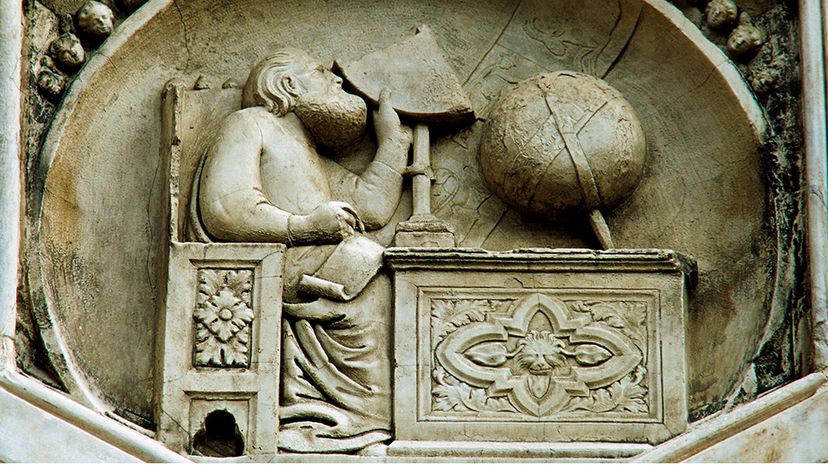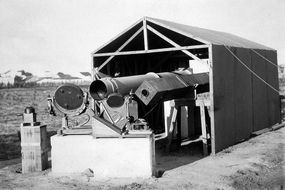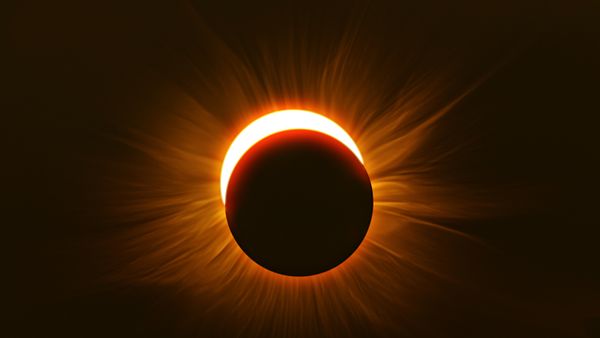And in 1937, as World War II loomed, a remote island in the Pacific became the most valuable place for researchers to observe a solar eclipse. Canton Island — now called Kanton, but also known by the nicknames Mary Island and Swallow Island — was home to expeditions by both U.S. Navy seamen and a rival British team, and the captains of both parties briefly fired shots from the bow of their ships before being advised by their respective governments to settle things down.
Eventually, the Americans and Brits entered into a friendlier competition as they vied for the best vantage point from which to view the June 8, 1937, eclipse and gather data, and the rest of the expedition continued without incident. A few years later during World War II, the two countries teamed up to use the island as a shared refueling base due to its proximity to Japan.


